Idea by
Sofia Karim
Call for ideas 2021
Lita's House
Lita's House

- Systemic changes
Lita’s House is an imaginary house for the disappeared & imprisoned; a mirror world of fascism & authoritarianism.
The project explores architecture as ‘art of dissent’; a means to speak truth to power. Whilst other art forms (music, poetry & literature) have a tradition of this, architecture is behind.
I am an activist as well as an architect. My activism focuses on fascism in India, authoritarianism in Bangladesh & the rise of far-right nationalism.
Lita’s House has emerged from specific cases I follow of activists, students, journalists, poets & intellectuals who have been jailed or disappeared. It is also a metaphor; a device for exploring notions of absence & human loss through architecture.
The project advances the idea of architecture as activism - a language of struggle and resistance. Putting human rights at the centre, it explores incarceration, violence, torture, and the spaces of the mind. Architecture at the edges of life & death. Architecture for change.
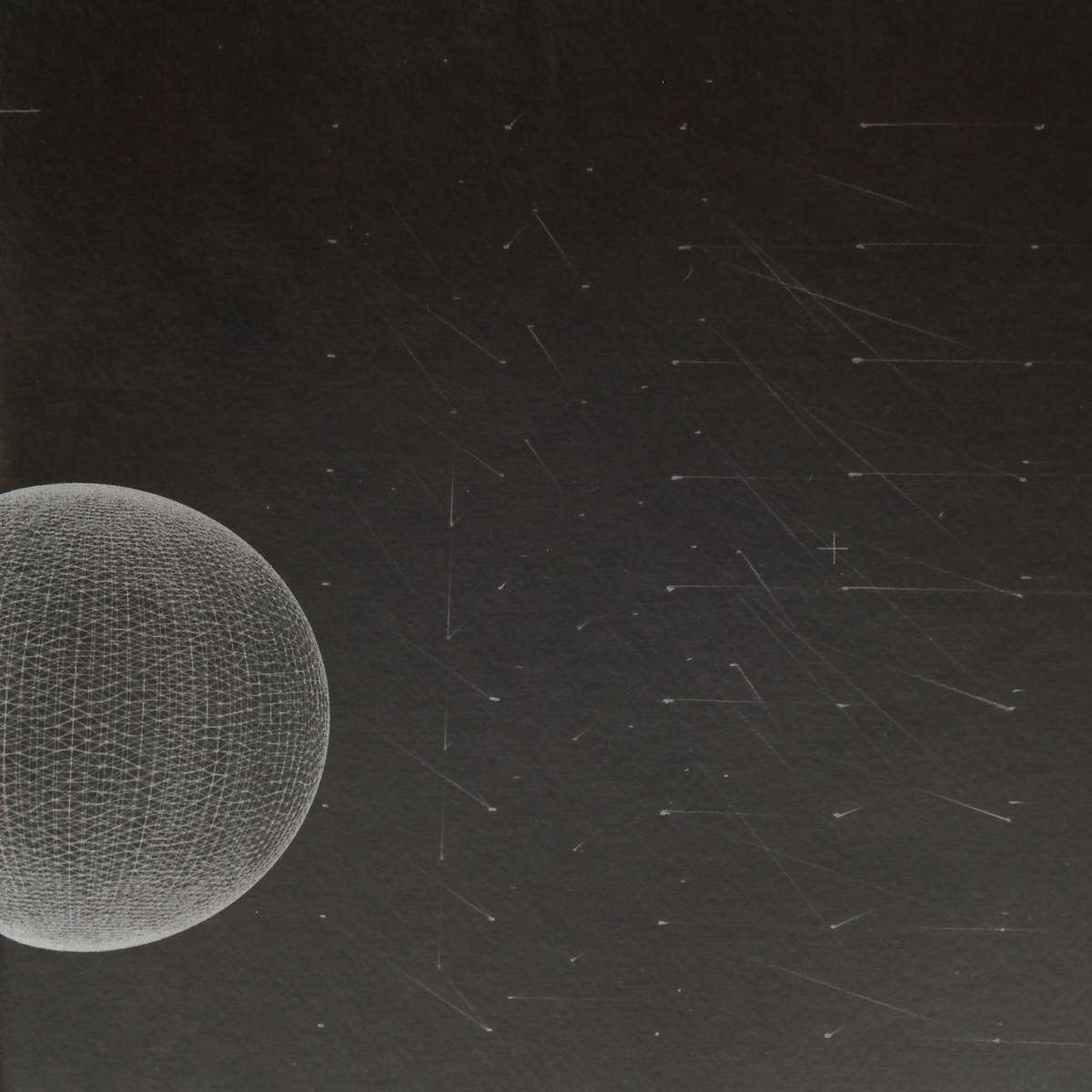
Lita’s window - All around was black. Black so black it could hold you.
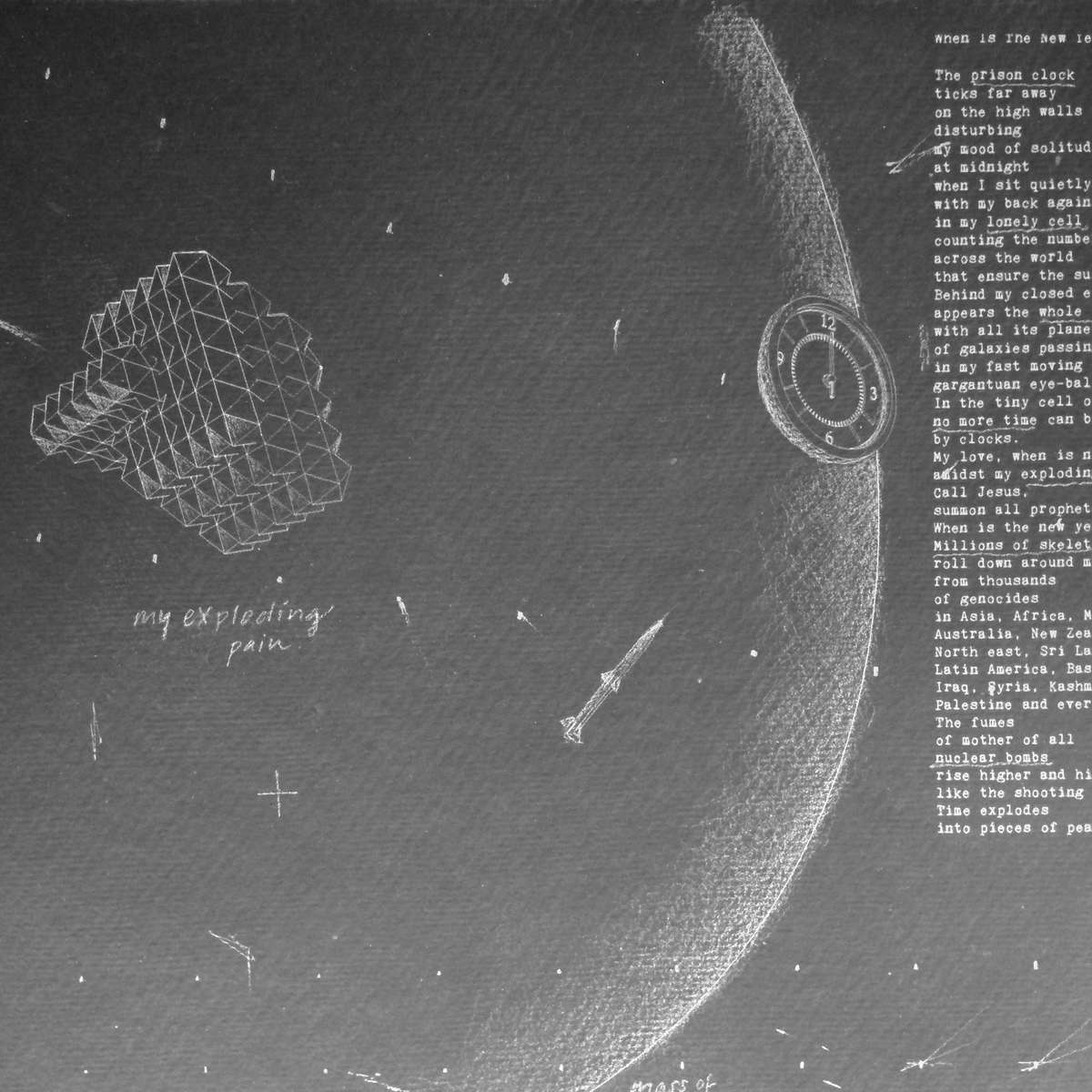
Lita’s House - When is the New Year.
Based on poem ‘When is the New Year’ written by jailed Professor Saibaba. Professor Saibaba is on life sentence in India. He is 90% disabled and full of pain with little care & support during the Covid-19 situation in prison. He recently went on a 10 day hunger strike. His health is deteriorating. He has written 46 poems in jail.
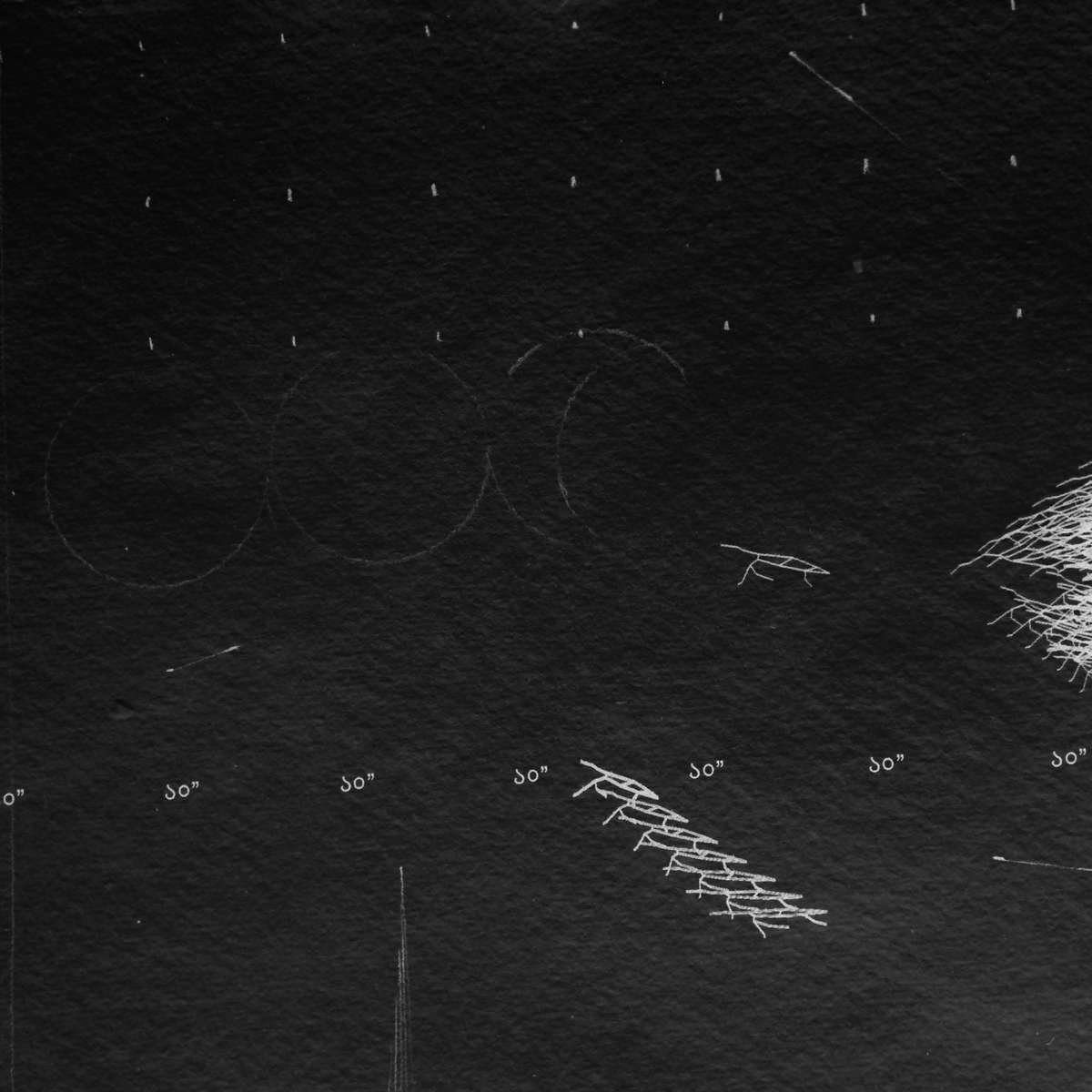
Lita’s House - The Great Bear.
Based on the Great Bear constellation my uncle, Shahidul Alam used to watch from his cell. The 10" dimension you see in the drawing (১০" in Bangla) is a reference to the 10" space each prisoner gets in the holding cell at this jail. They must lie spine to spine. If they can't afford to pay a fee, it's worse - they have to lie in a more tightly packed formation: opposite each other, groin-groin scissor formation.

Lita’s House - Gallows II
In Lita’s house stood a structure. And the structure was the gallows. Built of Universal Beams. But the beams were not of recognisable units. They followed a different scale of measurement: মৃ ত্যু M E T R Y (the geometry of death).
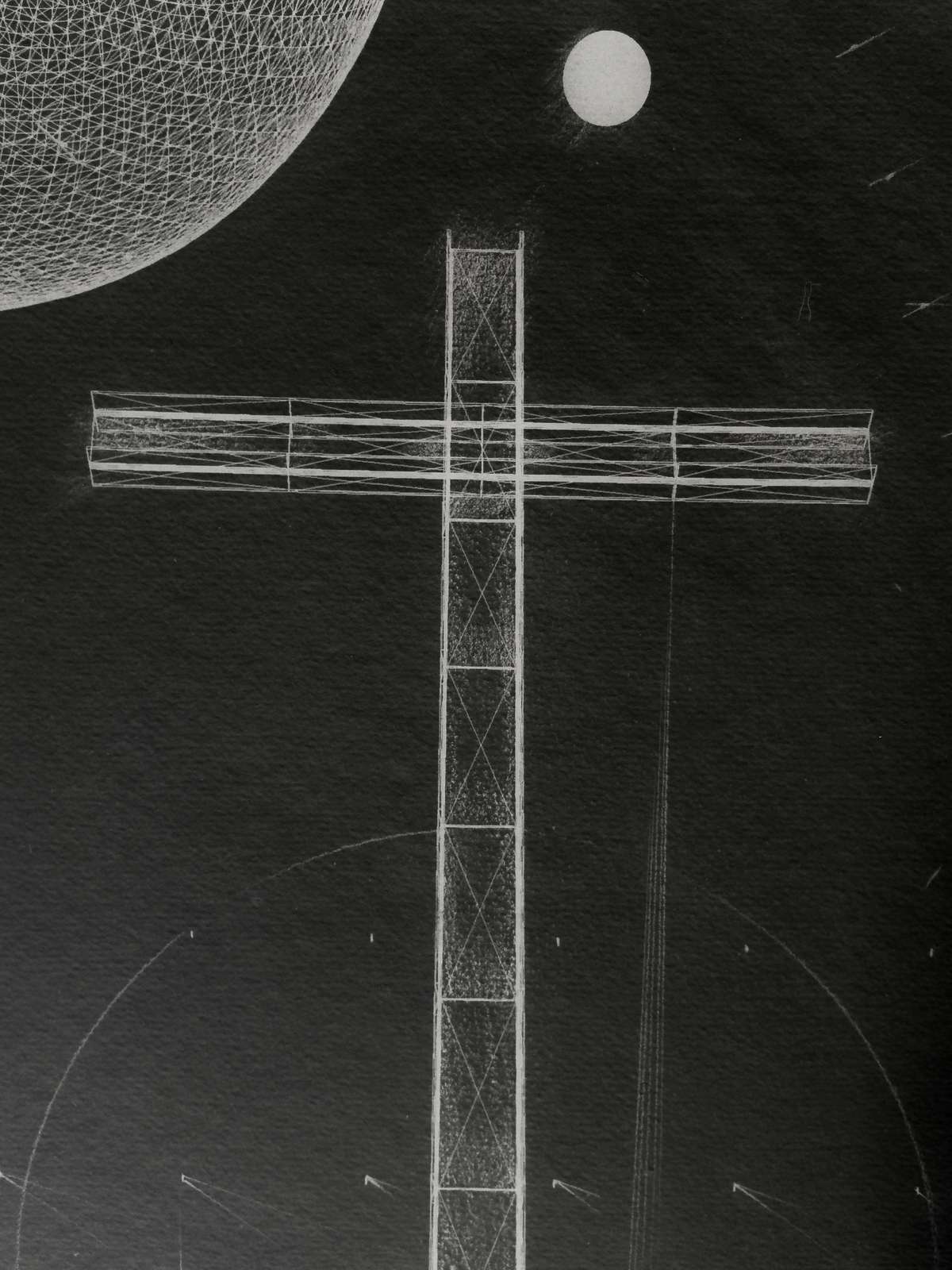
Lita’s House - Gallows I
In Lita’s house stood a structure. And the structure was the gallows. Built of Universal Beams. But the beams were not of recognisable units. They followed a different scale of measurement: মৃ ত্যু M E T R Y (the geometry of death).
Lita's House
Lita's House

- Systemic changes
Lita’s House is an imaginary house for the disappeared & imprisoned; a mirror world of fascism & authoritarianism.
The project explores architecture as ‘art of dissent’; a means to speak truth to power. Whilst other art forms (music, poetry & literature) have a tradition of this, architecture is behind.
I am an activist as well as an architect. My activism focuses on fascism in India, authoritarianism in Bangladesh & the rise of far-right nationalism.
Lita’s House has emerged from specific cases I follow of activists, students, journalists, poets & intellectuals who have been jailed or disappeared. It is also a metaphor; a device for exploring notions of absence & human loss through architecture.
The project advances the idea of architecture as activism - a language of struggle and resistance. Putting human rights at the centre, it explores incarceration, violence, torture, and the spaces of the mind. Architecture at the edges of life & death. Architecture for change.
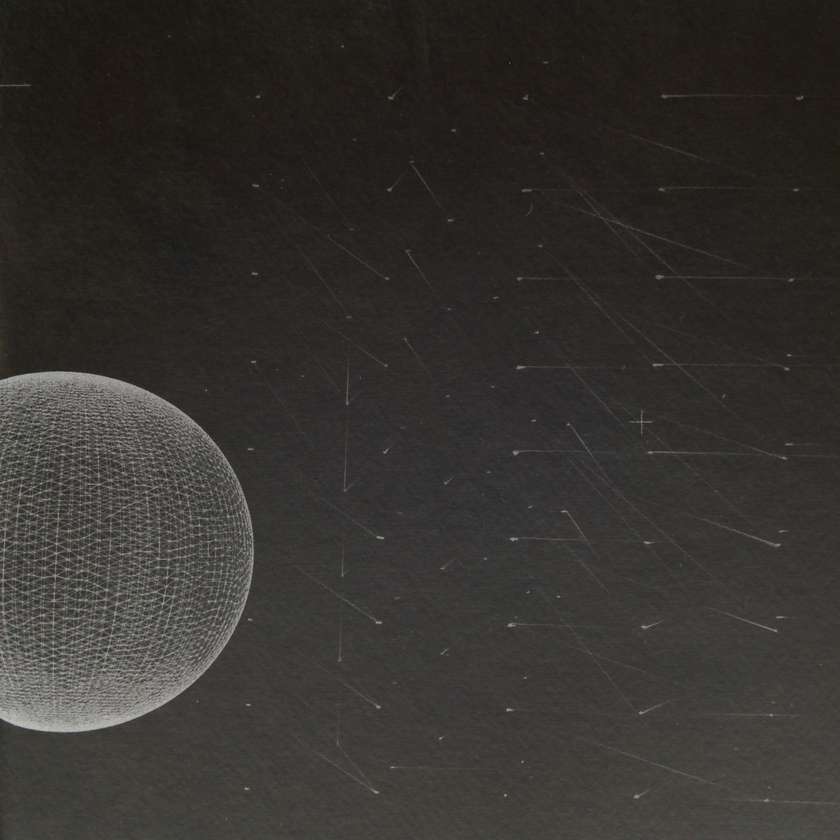
Lita’s window - All around was black. Black so black it could hold you.
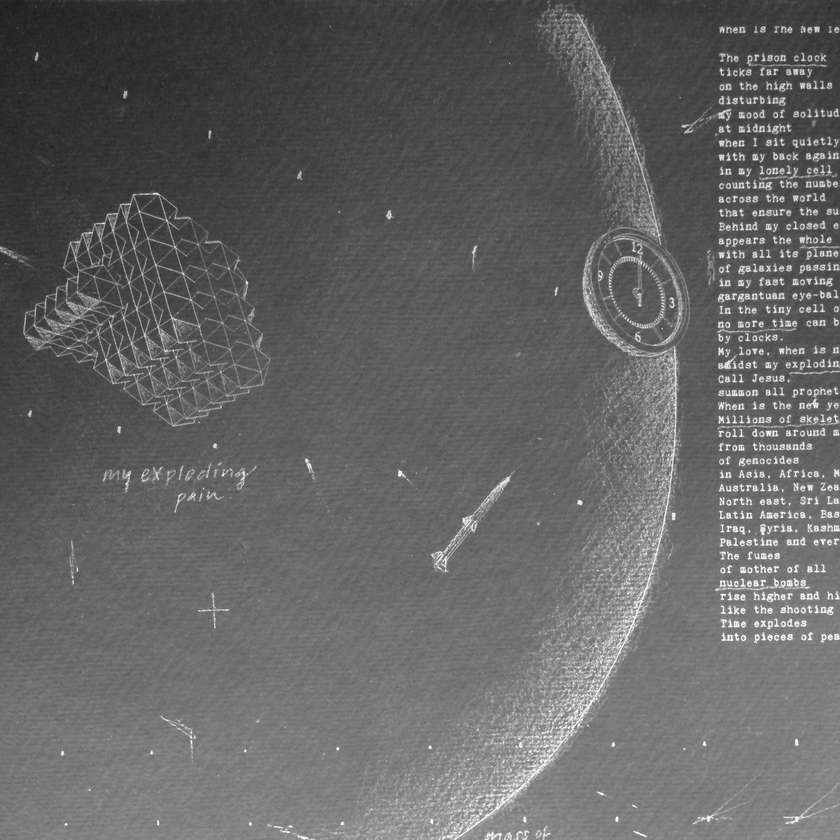
Lita’s House - When is the New Year.
Based on poem ‘When is the New Year’ written by jailed Professor Saibaba. Professor Saibaba is on life sentence in India. He is 90% disabled and full of pain with little care & support during the Covid-19 situation in prison. He recently went on a 10 day hunger strike. His health is deteriorating. He has written 46 poems in jail.
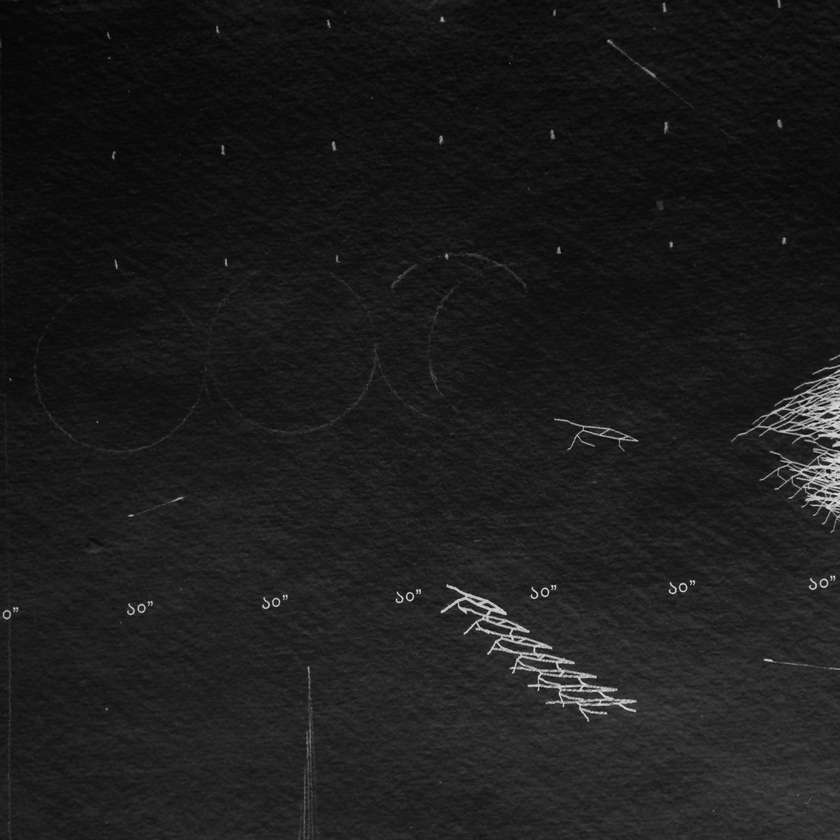
Lita’s House - The Great Bear.
Based on the Great Bear constellation my uncle, Shahidul Alam used to watch from his cell. The 10" dimension you see in the drawing (১০" in Bangla) is a reference to the 10" space each prisoner gets in the holding cell at this jail. They must lie spine to spine. If they can't afford to pay a fee, it's worse - they have to lie in a more tightly packed formation: opposite each other, groin-groin scissor formation.
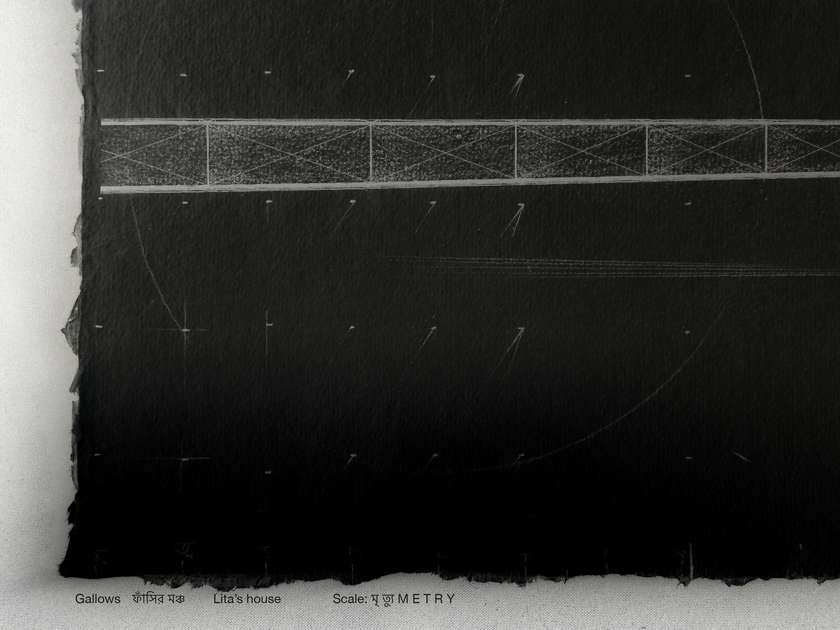
Lita’s House - Gallows II
In Lita’s house stood a structure. And the structure was the gallows. Built of Universal Beams. But the beams were not of recognisable units. They followed a different scale of measurement: মৃ ত্যু M E T R Y (the geometry of death).
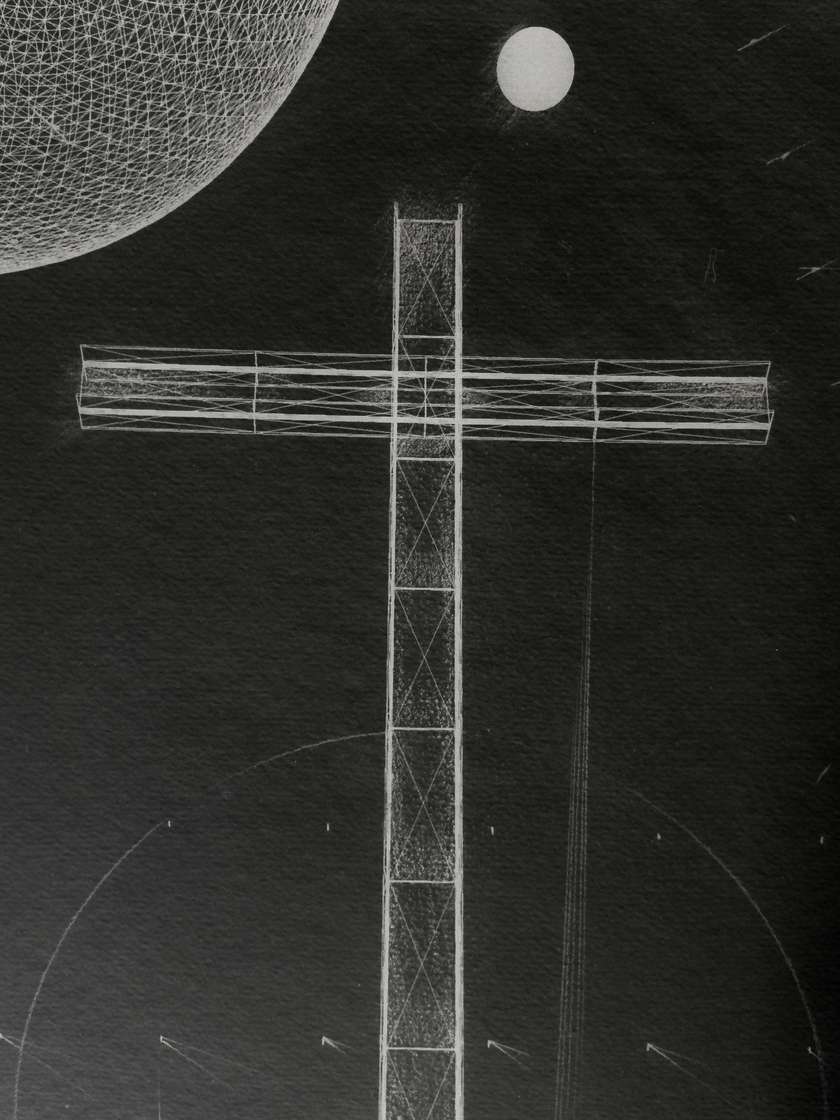
Lita’s House - Gallows I
In Lita’s house stood a structure. And the structure was the gallows. Built of Universal Beams. But the beams were not of recognisable units. They followed a different scale of measurement: মৃ ত্যু M E T R Y (the geometry of death).